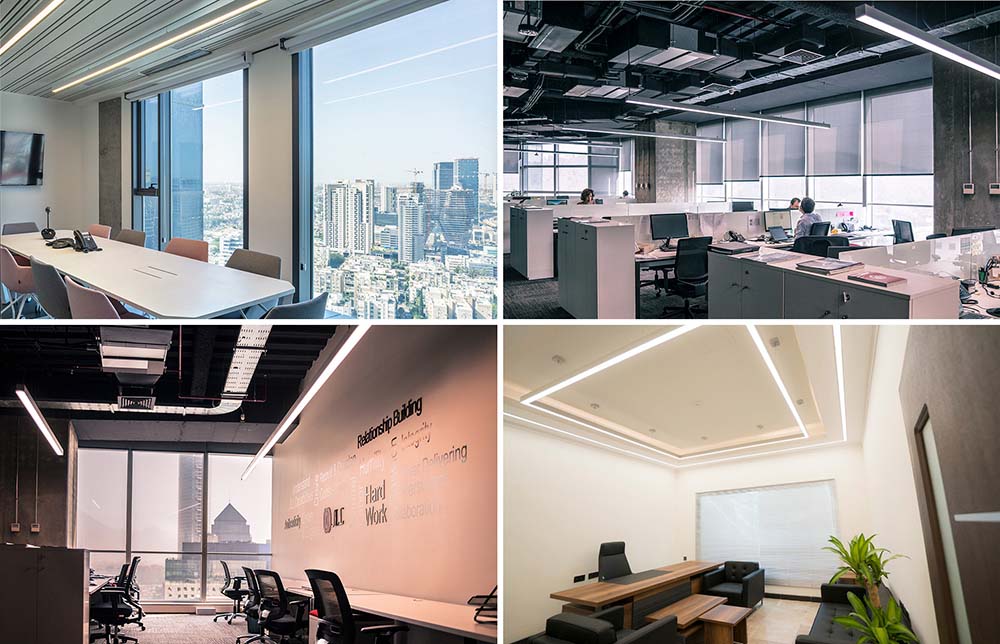LED lights

Linear Suspended lighting
Suspended linear LED lights are widely used in commercial lighting, home lighting, and other areas. Compared to other installation methods, LED linear pendant lights are more flexible and can be used as decorative elements to enhance the overall aesthetics of the interior design.
Suspended linear LED lights are widely used in commercial lighting, home lighting, and other areas. Compared to other installation methods, LED linear pendant lights are more flexible and can be used as decorative elements to enhance the overall aesthetics of the interior design.

High quality LED linear pendant light from China
Linear pendant lighting has a wide range of uses in lighting design, LED linear suspension lighting is a classic lighting method, commonly used in home space, commercial space, office space, public space, and other lighting scenes. The design of linear pendant lighting is simple and fashionable, which can enhance the overall beauty and grade of the space.
Helian Lighting LED pendant lights deliver:
- High-quality LED profiles, 2-5 years warranty, higher-end lighting design
- Industrial-grade mounting options and craftsmanship from China are quick and easy to follow.
- Complete customization, linear chandelier profiles, wattage, and appearance can be arranged one-to-one.










